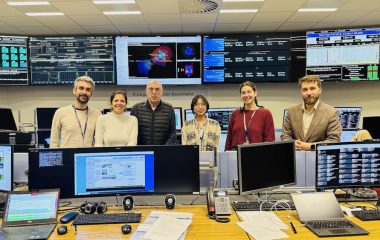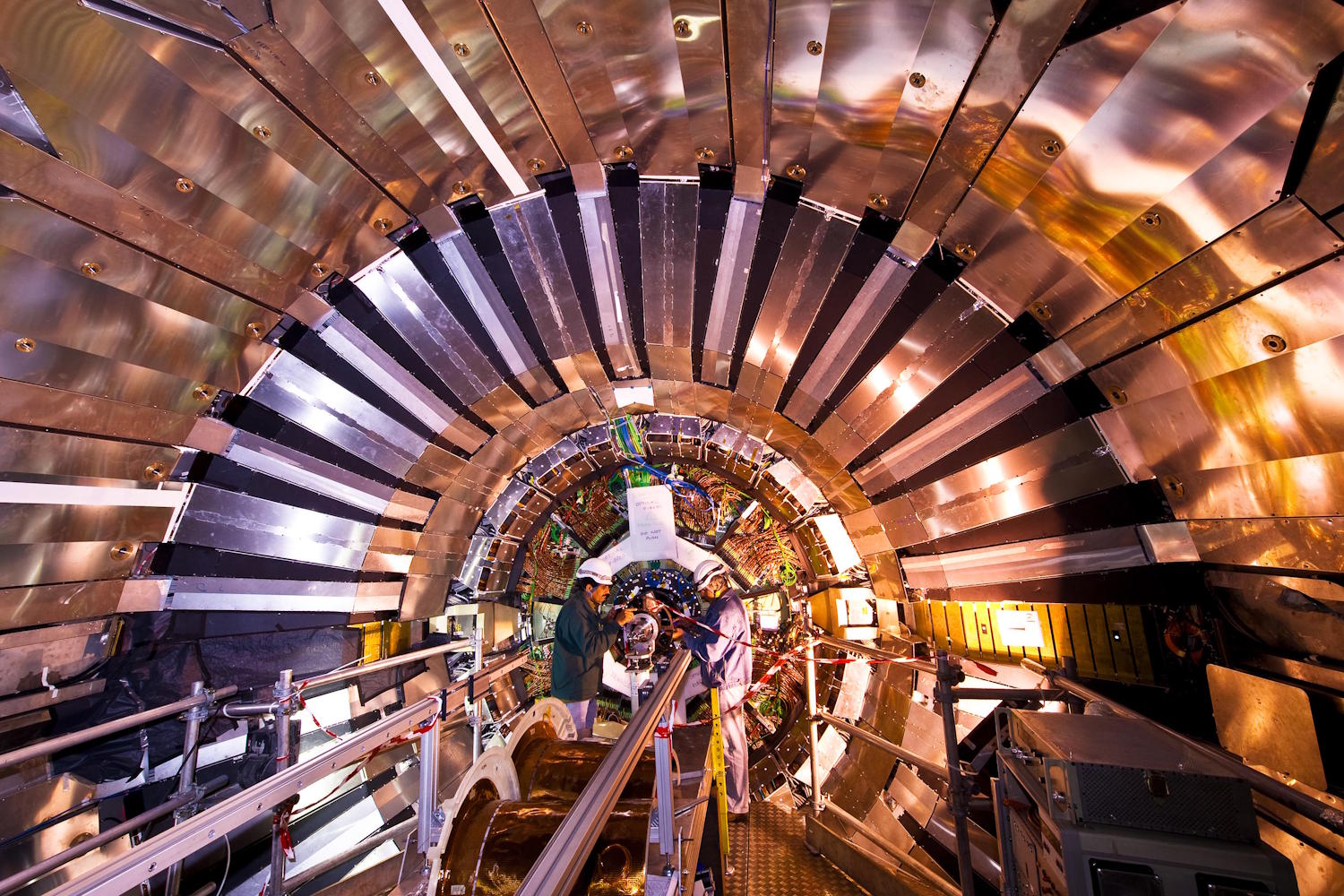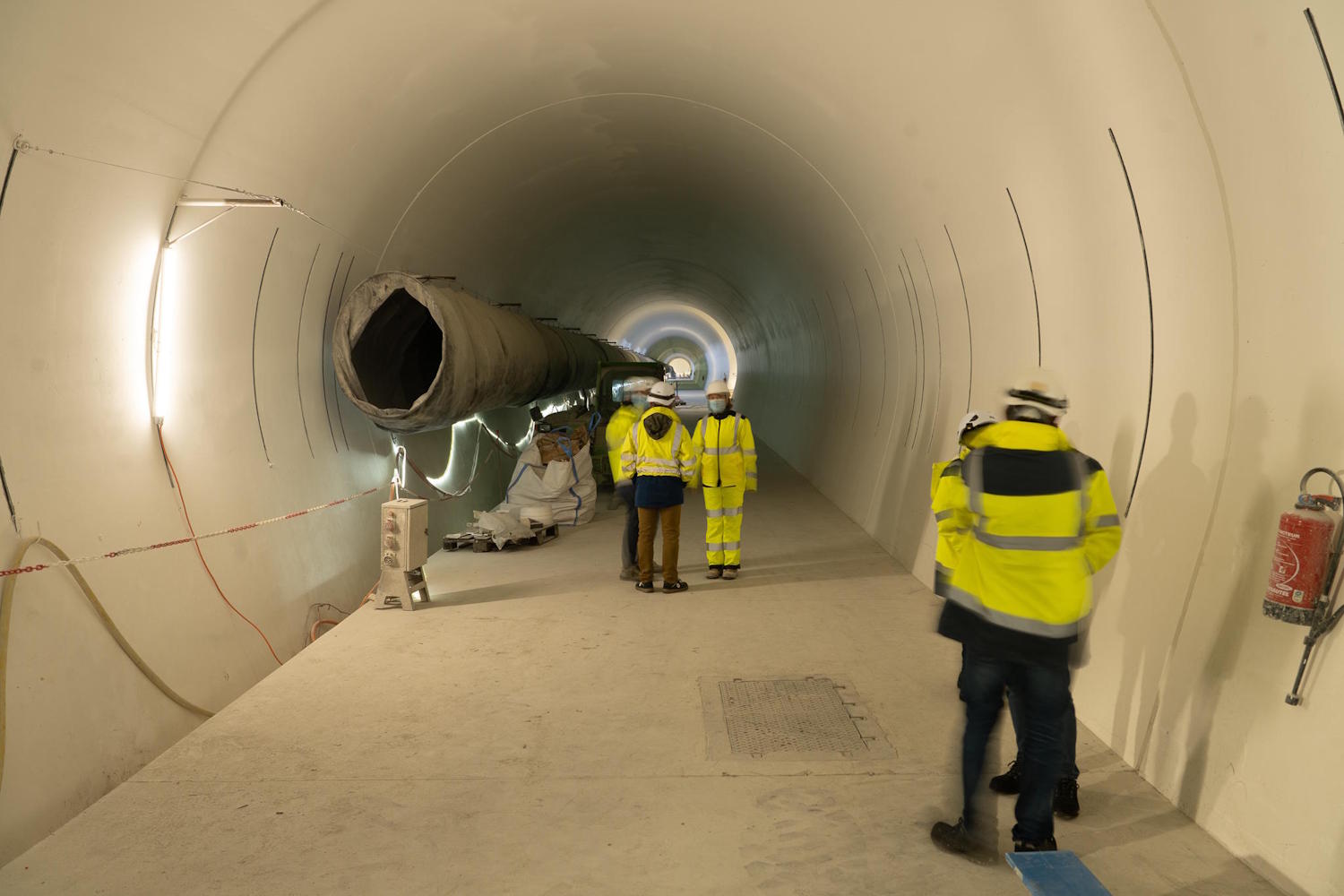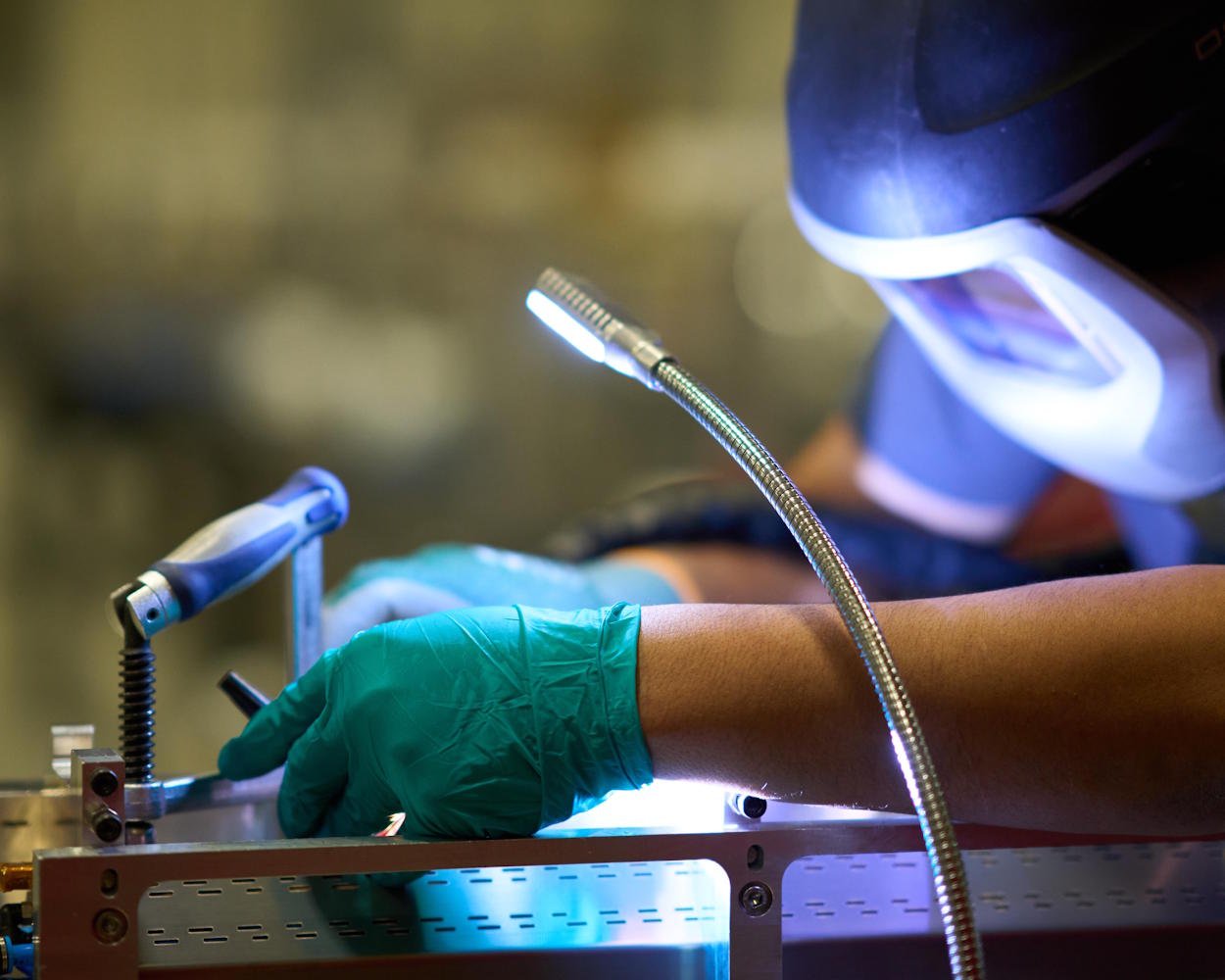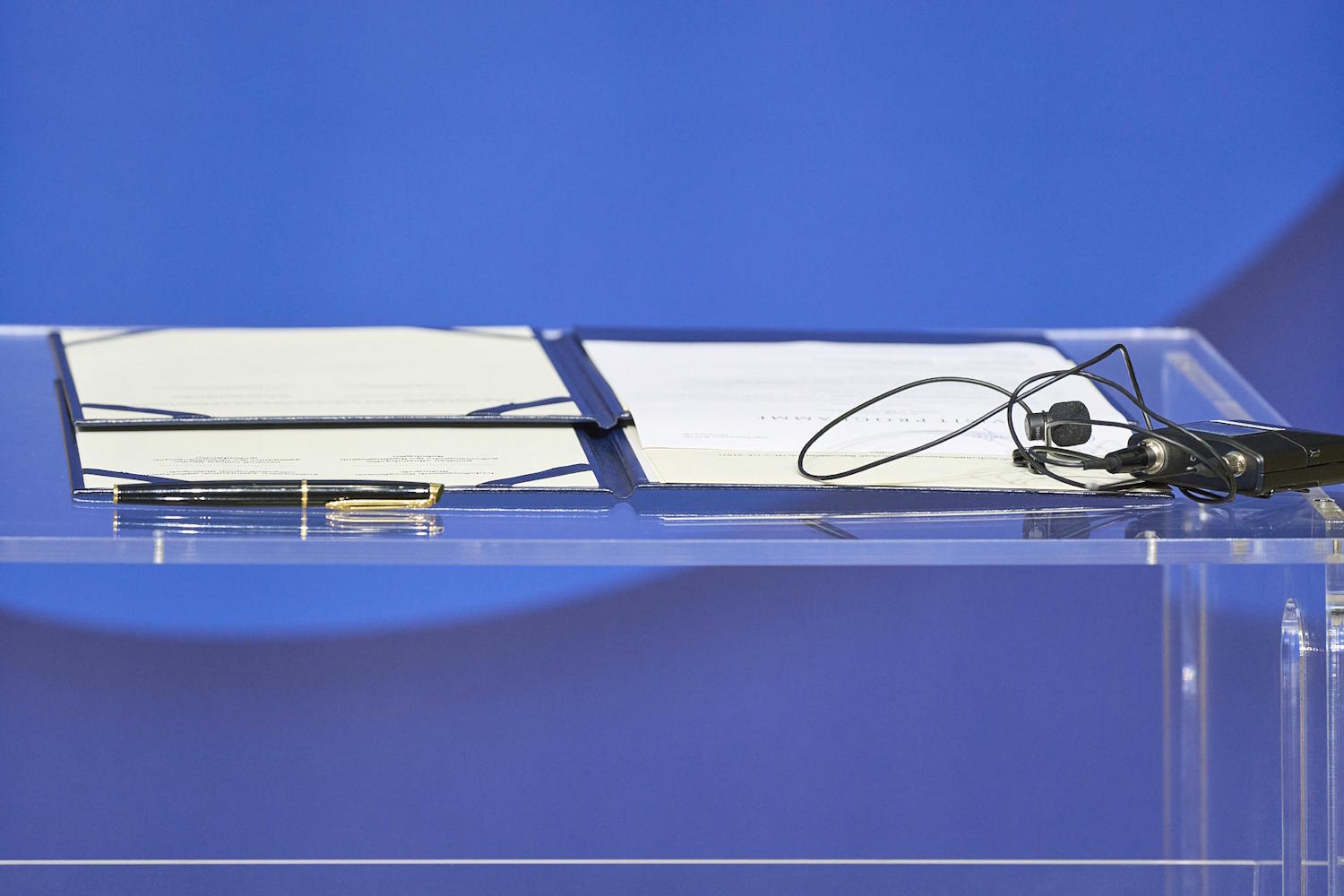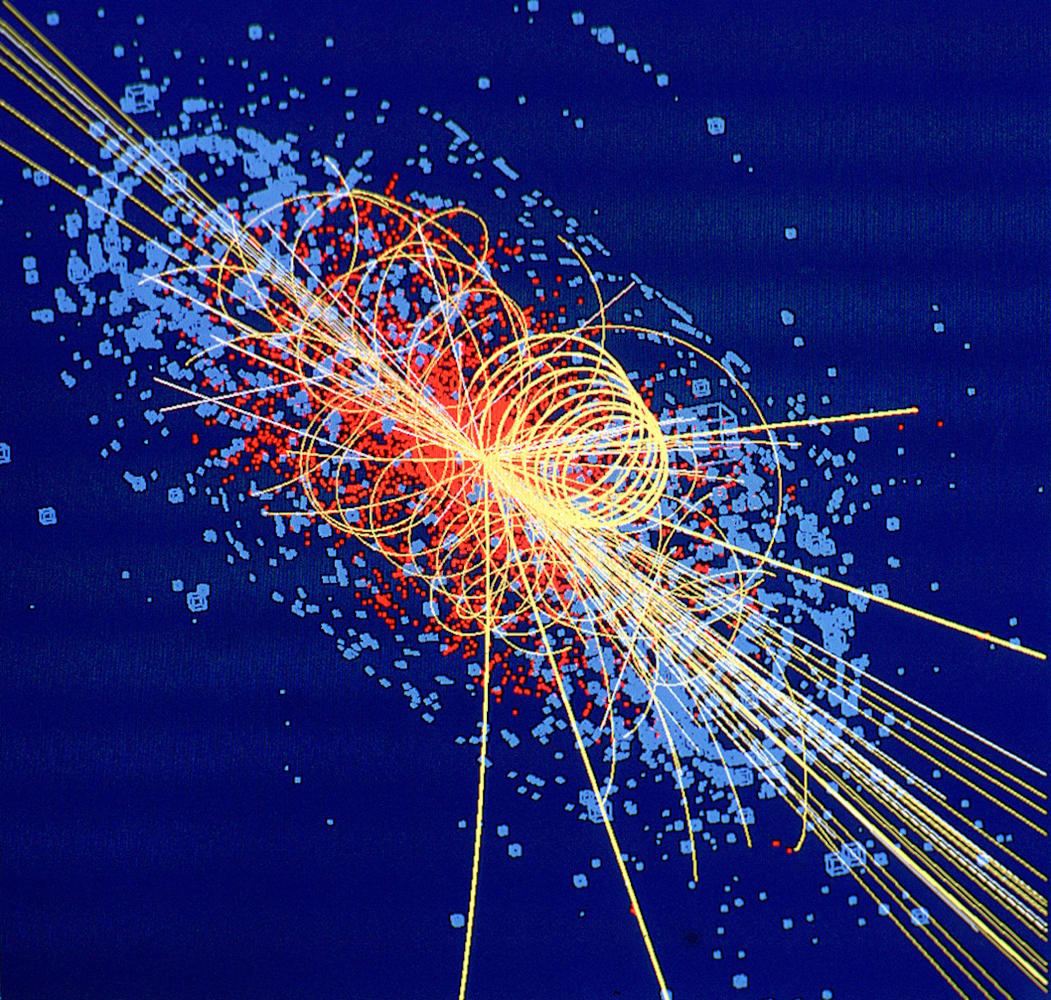Unleashing Innovation: CERN’s Pioneers in Software Engineering and IT
At CERN, software engineering and IT play a pivotal role in pushing the boundaries of scientific discovery. Our teams develop and maintain a vast array of applications and systems that support the world’s largest particle physics laboratory. From managing colossal data sets generated by the Large Hadron Collider to ensuring seamless communication and collaboration among thousands of scientists globally, our software engineers and IT professionals are at the forefront of innovation and technological advancement.
CERN’s IT landscape is a dynamic and challenging environment where cutting-edge technology meets groundbreaking science. Our experts work on projects that require advanced problem-solving skills and a deep understanding of both software and hardware. Whether it’s optimizing algorithms for data analysis, enhancing cybersecurity measures, or developing high-performance computing solutions, the work here is as diverse as it is impactful. Our commitment to open science and collaboration means that our innovations often extend beyond CERN, contributing to advancements in various fields worldwide.
Joining CERN’s software engineering and IT teams means being part of a community dedicated to excellence and continual learning. We offer a vibrant workplace where creativity and curiosity are encouraged, and where every project presents a new opportunity to make significant contributions to science and technology. At CERN, you’ll not only enhance your technical skills but also be part of a mission that aims to unlock the mysteries of the universe.

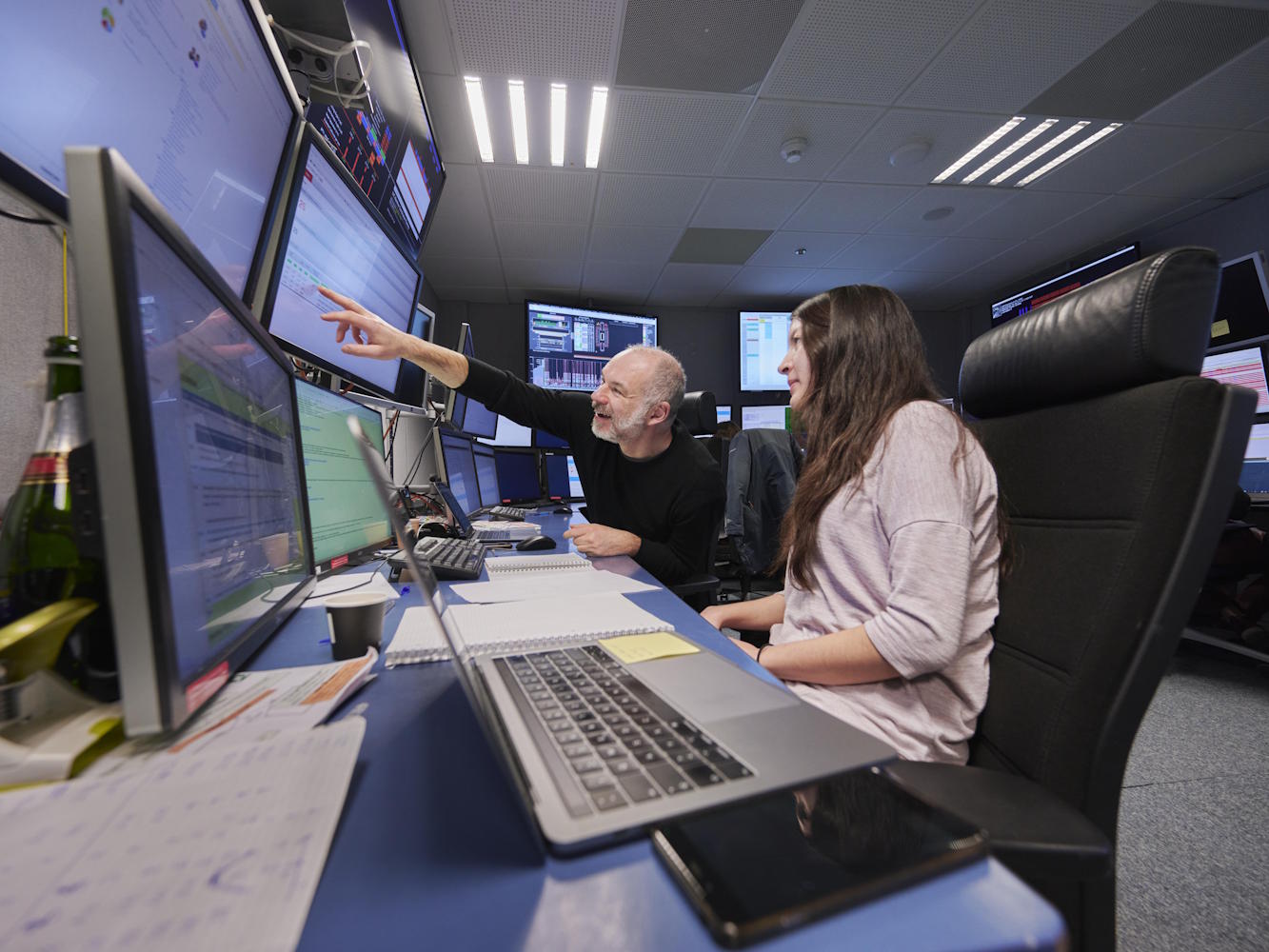
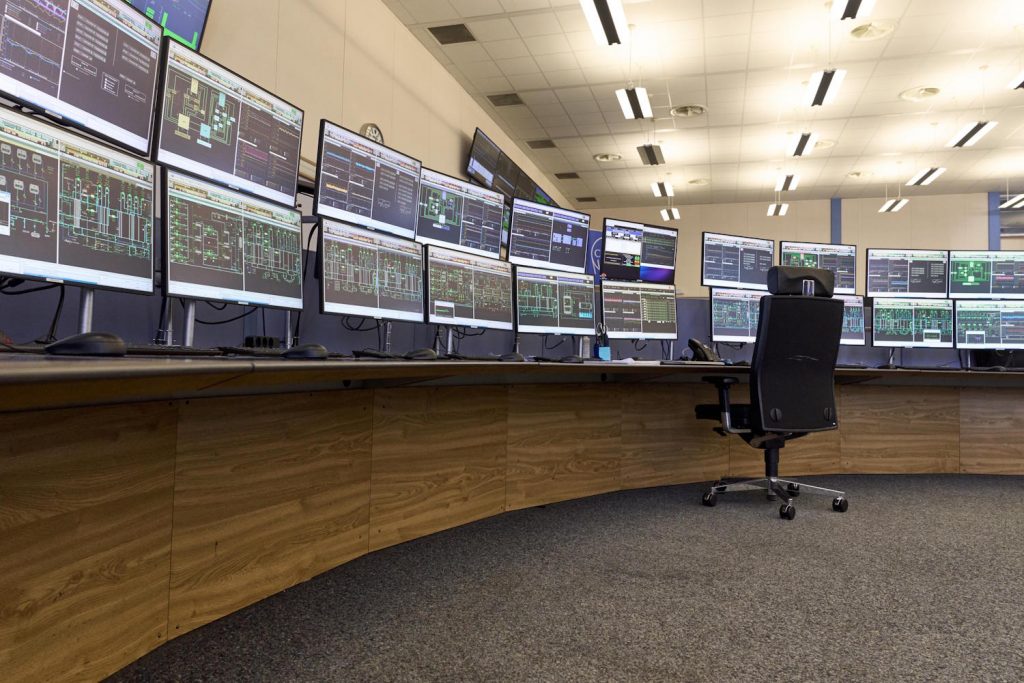
Next-generation triggers: The next-generation triggers for CERN detectors
- Develop advanced trigger systems to efficiently filter and manage the increased data volume from the High-Luminosity LHC (HL-LHC) experiments.
- Utilize cutting-edge technologies, including neural networks, quantum-inspired algorithms, high-performance computing, and FPGA techniques, to optimize event selection and theoretical modelling.
- Enhance the precision and efficiency of detecting rare and significant particle interactions, thereby uncovering new phenomena in particle physics.
- Support the HL-LHC's upgraded detectors, ensuring they can handle the higher data detail and volume, leading to higher quality and more detailed physics analyses.
- Advanced Techniques: Implementation of neural network optimization, quantum-inspired algorithms, high-performance computing, and field-programmable gate array (FPGA) technologies.
- Trigger System Levels: The ATLAS and CMS experiments use a two-level trigger system; the first level filters data within 10 microseconds, and the second high-level trigger further selects events for storage and analysis
- Detector Upgrades: Enhancements to the ATLAS and CMS detectors for finer spatial and timing granularity, akin to higher-resolution camera images, resulting in more detailed and voluminous data per collision.
- The NextGen Triggers project will mark a new chapter in high-energy physics, leveraging upgraded event-selection systems and data-processing techniques to unlock a realm of discoveries.

